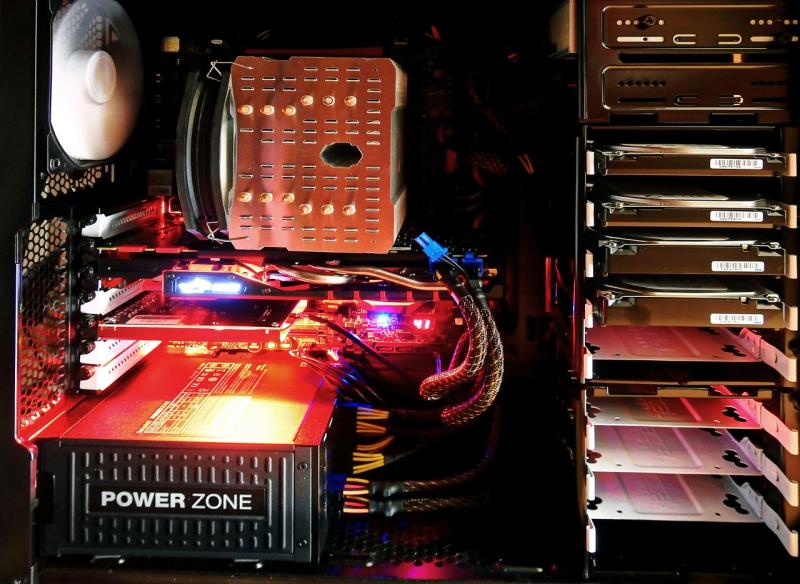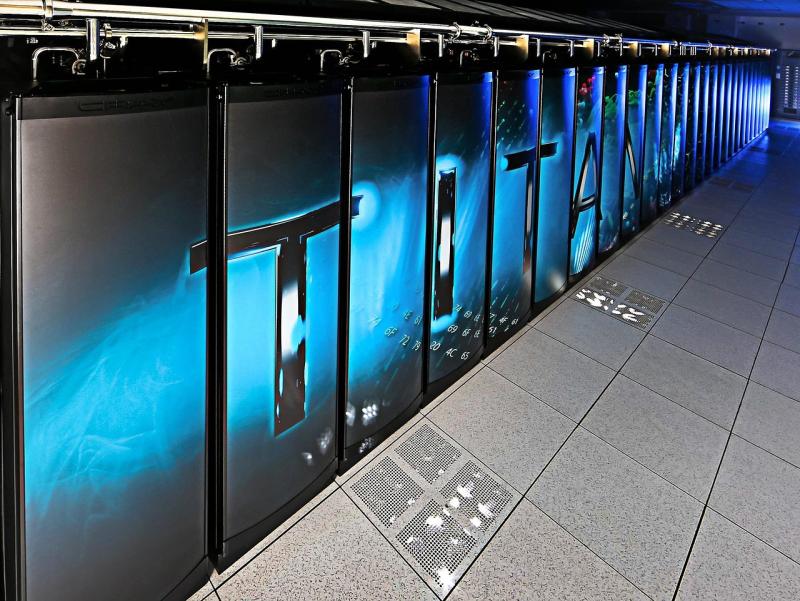The growing need for precision and insight in geospatial studies calls for workstations tailored to handle the vast data, intensive calculations, and high-resolution visualizations that these tasks require. Designed for geospatial analysis and mapping, these systems deliver exceptional computational power, advanced graphics capabilities, and seamless data management, enabling professionals to analyze and visualize spatial information efficiently.
---
### **Unmatched Processing Power for Geospatial Workflows**
Geospatial analysis involves processing large volumes of spatial and non-spatial data, executing computationally intensive algorithms, and managing complex geographic information system (GIS) software. These workstations are powered by multi-core processors with high clock speeds, ensuring rapid execution of tasks such as terrain modeling, spatial clustering, and network analysis.
Whether analyzing land-use patterns, creating predictive models, or visualizing climate change impacts, these CPUs guarantee smooth and accurate performance.
---
### **Advanced GPUs for High-Resolution Mapping**
Mapping and geospatial visualization require detailed and dynamic representations of spatial data. These workstations include powerful GPUs capable of rendering high-resolution maps, 3D terrains, and real-time geospatial simulations. Technologies like real-time ray tracing and GPU-accelerated computations enhance the precision and interactivity of visualizations, making it easier to analyze and present data effectively.
For industries like urban planning, disaster management, and natural resource exploration, these GPUs bring an unprecedented level of detail to geospatial projects.
---
### **Ample Memory for Large Datasets**
Handling and visualizing geospatial data often involves large datasets containing millions of data points. These workstations offer expansive memory configurations—up to 128GB or more—allowing professionals to manage multiple layers of GIS data simultaneously without performance bottlenecks. From integrating satellite imagery to running spatial analyses, this level of memory ensures workflows remain efficient and uninterrupted.
---
### **Robust Storage Solutions for Spatial Data**
Geospatial analysis generates and relies on massive amounts of data, including satellite images, topographic maps, and vector files. These workstations feature NVMe SSDs for fast data retrieval and reduced load times, along with supplemental high-capacity HDDs or RAID configurations for secure, long-term storage. This ensures that users can organize, access, and archive geospatial datasets seamlessly.
---
### **Optimized for GIS and Remote Sensing Software**
These workstations are optimized for leading GIS and remote sensing platforms like ArcGIS, QGIS, ENVI, and Erdas Imagine. By leveraging hardware acceleration and advanced processing capabilities, these systems ensure that professionals can run complex workflows—from spatial analysis to machine learning-based land cover classification—efficiently.
---
### **Applications Across Geospatial Disciplines**
Tailored workstations for geospatial analysis and mapping support professionals in diverse fields:
- **Urban Planning:** Create zoning maps, model transportation networks, and optimize urban layouts.
- **Environmental Science:** Analyze deforestation, model ecosystems, and monitor climate change impacts.
- **Disaster Management:** Develop flood risk maps, simulate evacuation plans, and assess post-disaster recovery.
- **Agriculture:** Monitor crop health, plan irrigation systems, and optimize land use with precision mapping.
- **Transportation and Logistics:** Design efficient routing systems and plan infrastructure development.
Their versatility makes these workstations indispensable tools for anyone working with spatial data.
---
### **Reliability for Continuous Processing**
Geospatial workflows often involve prolonged processing sessions, such as generating 3D maps or analyzing time-series data. These workstations are built with advanced cooling systems, industrial-grade components, and durable enclosures to ensure consistent performance during extended operations. For professionals managing critical projects, this reliability minimizes downtime and enhances productivity.
---
### **Future-Ready and Scalable**
As geospatial technologies evolve, so do the demands placed on hardware. These workstations are designed to scale with user needs, offering modular architectures that allow for upgrades to memory, GPUs, and storage. This ensures that the systems remain capable of handling emerging geospatial challenges and innovations.
---
Workstations for geospatial analysis and mapping combine the precision, power, and flexibility needed to explore and interpret spatial data effectively. By investing in these specialized systems, professionals can unlock deeper insights, create impactful visualizations, and make well-informed decisions. Whether it’s for mapping cities, conserving ecosystems, or optimizing infrastructure, these workstations provide the ideal platform for geospatial success.
View our related products
See more
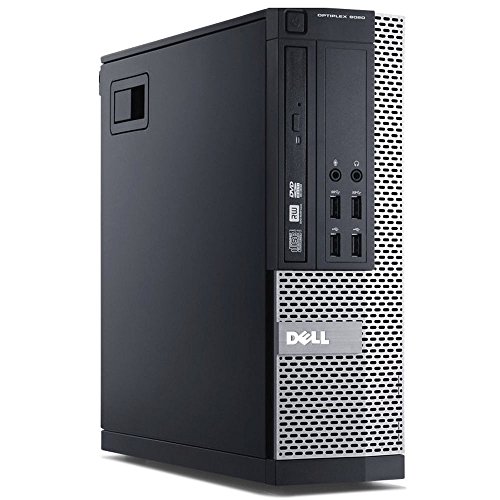
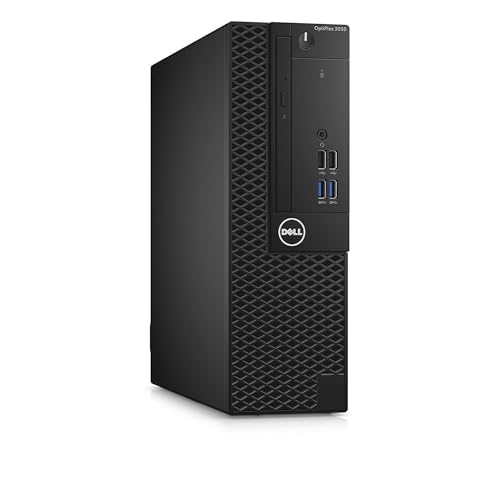
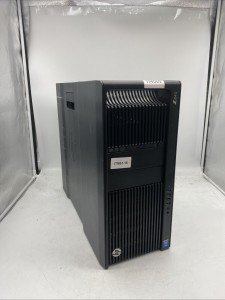
Workstations for Geospatial Analysis and Mapping
The Best Choices for Your Geospatial Projects
Related Articles
Essential High-Performance PC Components You Need Now
Upgrade your setup with the must-have parts for unbeatable gaming and productivity
Top Picks for Best High-Performance PCs
Find the perfect power machine for gaming, work, or creative projects
Your Guide to the Best High-Performance PCs
Find the Right PC for Your Gaming and Creative Needs
View our related products
See more



